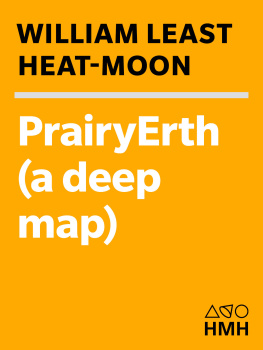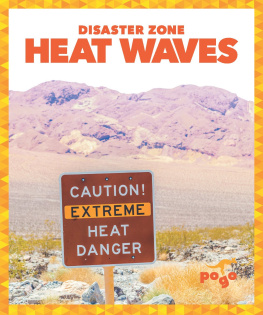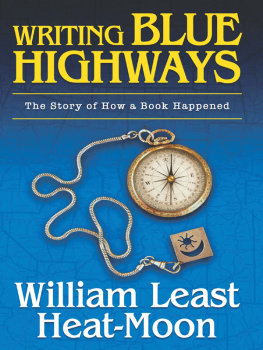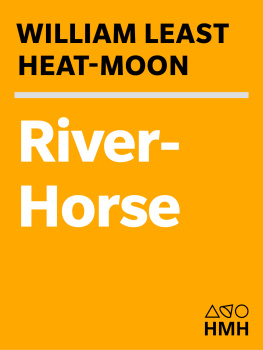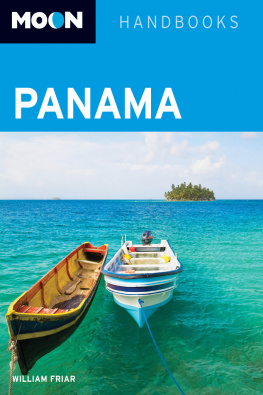First Mariner Books edition 1999
Copyright 1991 by William Least Heat-Moon
All rights reserved
For information about permission to reproduce selections from this book, write to Permissions, Houghton Mifflin Harcourt Publishing Company, 215 Park Avenue South, New York, New York 10003.
www.hmhco.com
The Library of Congress has cataloged the print edition as follows:
Heat-Moon, William Least.
PrairyErth : (a deep map) / William Least Heat-Moon, [maps and Kansas petroglyphs drawn by author]
p cm.
A Peter Davison Book
ISBN 0-395-48602-5 ISBN 0-395-92569-x (pbk)
1. Chase County (Kan.)Description and travel. 2. Chase County (Kan.)History, Local. 3. Heat-Moon, William LeastJourneysKansasChase County I. Title
F 687. C 35 H 44 1991 91-23250
917 81'59dc20 CIP
Maps and Kansas petroglyphs drawn by the author
PrairyErth speaks in many voices. The author thanks the numerous writers, alive and dead, whose descriptions of Chase County and Kansas and the American prairie, indeed the globe itself, have informed and advised himand contributed to the scope and substance of the Commonplace Books.
Acknowledgements for the use of lengthy quotations from previously published works are given on .
e ISBN 978-0-547-52747-5
v1.0314
FOR LKT:
TO THE PRAIRIE
IN A
DREAMTIME LILAC BUSH
CROSSINGS
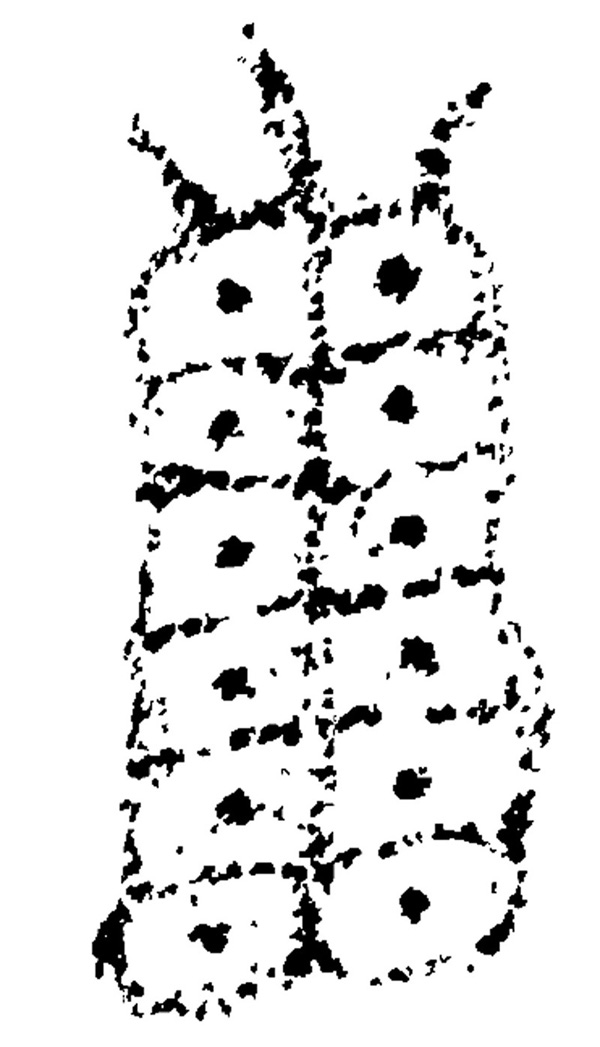
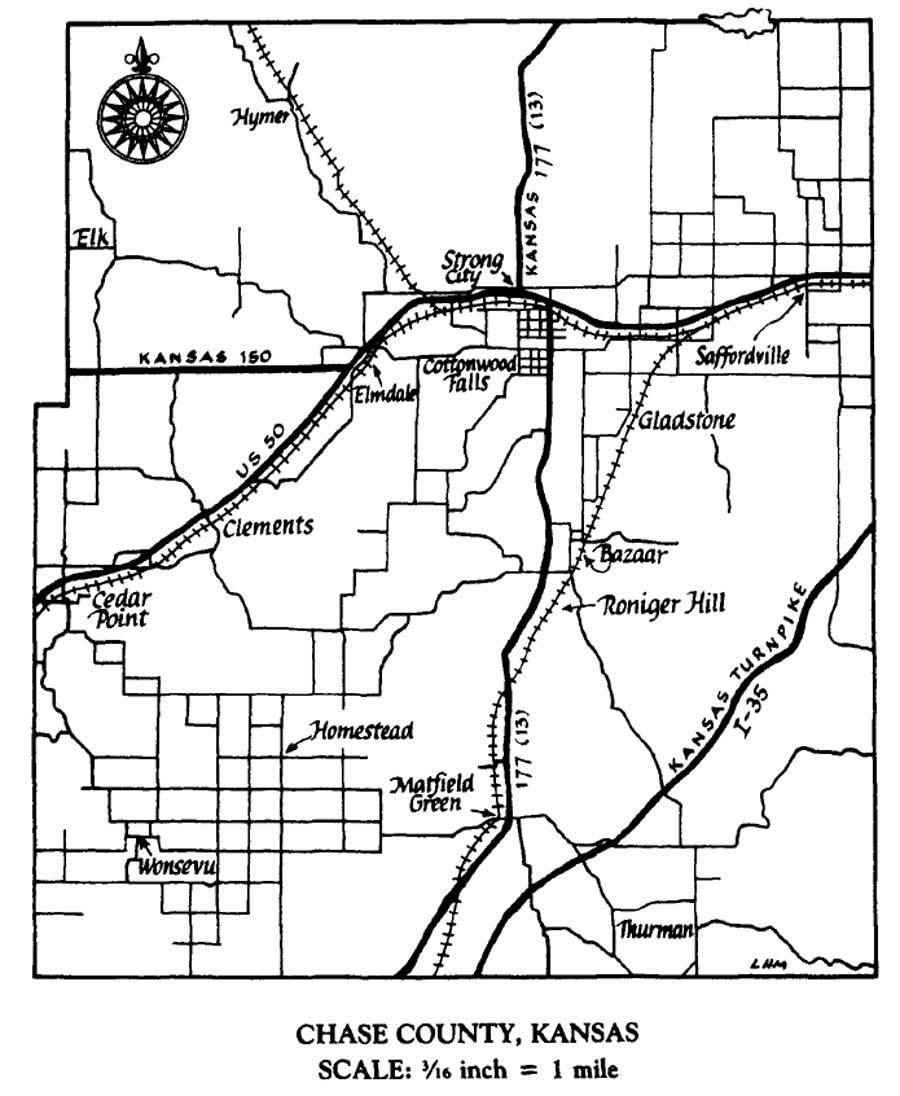

From the Commonplace Book:
Crossings
WHAT TO TAKE :Let your trunk, if you have to buy one, be of moderate size and of the strongest make. Test it by throwing it from the top of a three-storied house; if you pick it up uninjured, it will do to go to Kansas. Not otherwise.
James Redpath and Richard Hinton,
Hand-Book to Kansas Territory (1859)
The stranger [to Kansas], if he listened to the voice of experience, would not start upon his pilgrimage at any season of the year without an overcoat, a fan, a lightning rod, and an umbrella.
John James Ingalls,
In Praise of Blue Grass (1875)
It was probably necessary that we develop an American name system, for many of our native soils are unique and should bear their own identities. In a stroke of scientific shorthand, the soils of our central grasslands are sometimes called simply prairyerths.
John Madson,
Where the Sky Began (1982)
I would like to tell you how to get there so that you may see all this for yourself. But first a warning: you may already have come across a set of detailed instructions, a map with every bush and stone clearly marked, the meandering courses of dry rivers and other geographicalfeatures noted, with dotted lines put down to represent the very faintest of trails. Perhaps there were also warnings printed in tiny red letters along the margin, about the lack of water, the strength of the wind and the swiftness of the rattlesnakes. Your confidence in these finely etched maps is understandable, for at first glance they seem excellent, the best a man is capable of; but your confidence is misplaced. Throw them out. They are the wrong sort of map. They are too thin. They are not the sort of map that can be followed by a man who knows what he is doing. The coyote, even the crow, would regard them with suspicion.
Barry Lopez,
Desert Notes (1976)
Maps are a way of organizing wonder.
Peter Steinhart,
Names on a Map (1986)
Once in his life a man ought to concentrate his mind upon the remembered earth, I believe. He ought to give himself up to a particular landscape in his experience, to look at it from as many angles as he can, to wonder about it, to dwell upon it. He ought to imagine that he touches it with his hands at every season and listens to the sounds that are made upon it. He ought to imagine the creatures there and all the faintest motions of the wind. He ought to recollect the glare of noon and all the colors of the dawn and dusk.
N. Scott Momaday,
The Way to Rainy Mountain (1969)
Our present leadersthe people of wealth and powerdo not know what it means to take a place seriously: to think it worthy, for its own sake, of love and study and careful work. They cannot take any place seriously because they must be ready at any moment, by the terms of power and wealth in the modern world, to destroy any place.
Wendell Berry,
Out of Your Car, Off Your Horse
(1991)
All nature is so full, that that district produces the greatest variety which is the most examined.
Gilbert White,
The Natural History and Antiquities
of Selborne (1768)
You expect to wait. You expect night to come. Morning. Winter to set in. But you expect sometime [the land] will loosen in pieces to be examined.
Barry Lopez,
Desert Notes (1976)
I like to think of landscape not as a fixed place but as a path that is unwinding before my eyes, under my feet.
To see and know a place is a contemplative act. It means emptying our minds and letting what is there, in all its multiplicity and endless variety, come in.
Gretel Ehrlich,
Landscape, introduction to Legacy
of Light (1987)
Eternal prairie and grass, with occasional groups of trees. [Captain John] Frmont prefers this to every other landscape. To me it is as if someone would prefer a book with blank pages to a good story.
Charles Preuss,
Exploring with Frmont (1842)
Tourists through Kansas would call this place dull enough, but then so much of the interest of a place depends on its traditions. For a passing traveler in search of pleasure, it certainly possesses few attractions. But a [correspondent], in pursuit of useful knowledge for the reading public, observes things differently.
Henry Stanley,
My Early Travels and Adventures
in America (1867)
No one, I discover, begins to know the real geographic, democratic, indissoluble American Union in the present, or suspect it in the future, until he explores these Central States, and dwells awhile on their prairies or amid their busy towns.
Walt Whitman,
Specimen Days (1879)
The prairie, in all its expressions, is a massive, subtle place, with a long history of contradiction and misunderstanding. But it is worth the effort at comprehension. It is, after all, at the center of our national identity.
Wayne Fields,
Lost Horizon (1988)
I have resented that prairie was not an Indian word. It should have been, and sounds as if it might have been. The one thing the Indian came nearer owning than any other, was prairie.
Americas unique province is her prairie, [yet] how slightingly American authors have behaved toward the prairie.
William A. Quayle,
The Prairie and the Sea (1905)
So far as we know, no modern poet has written of the Flint Hills, which is surprising since they are perfectly attuned to his lyre. In their physical characteristics they reflect want and despair. A line of low-flung hills stretching from the Osage Nation on the south to the Kaw River on the north, they present a pinched and frowning face to those who gaze on them. Their verbiage is scant. Jagged rocks rise everywhere to their surface. The Flint Hills never laugh. In the early spring when the sparse grass first turns to green upon them, they smile saltily and sardonically. But, as spring turns to summer, they grow sullen again and hopeless. Death is no stranger to them. For there nature struggles always to survive.
Next page
